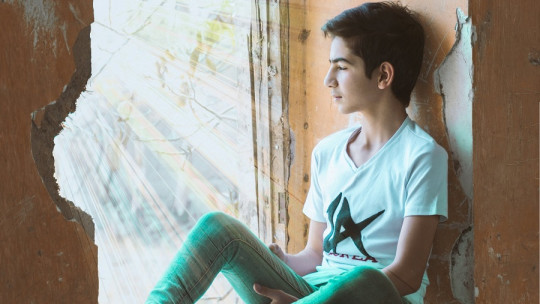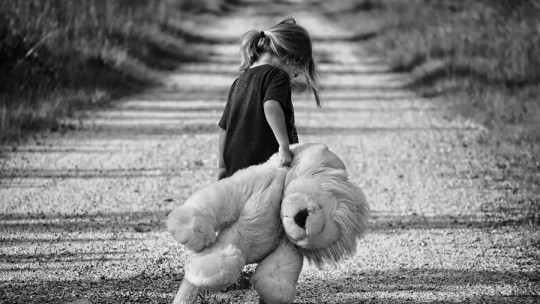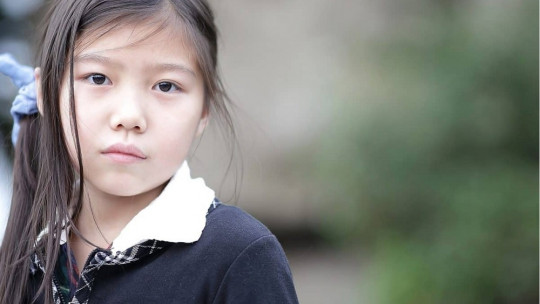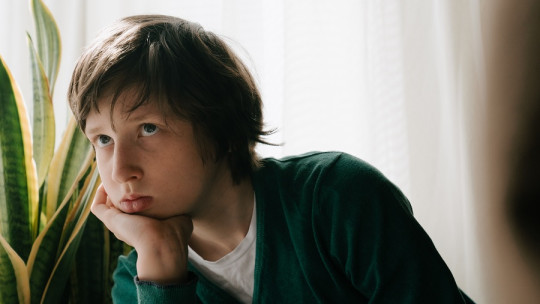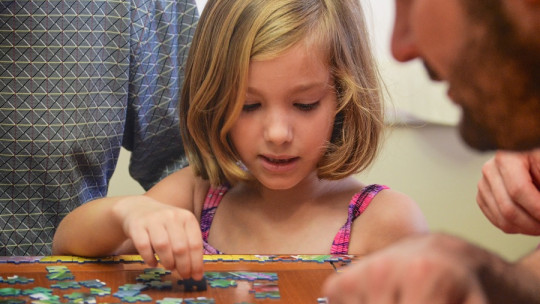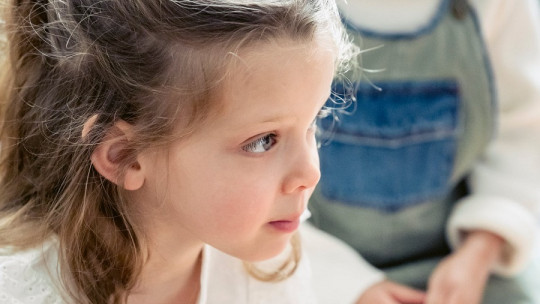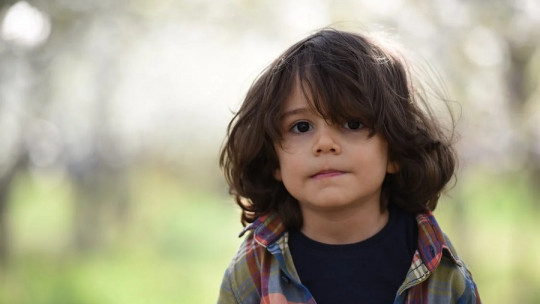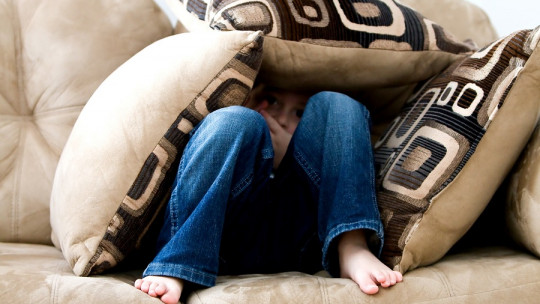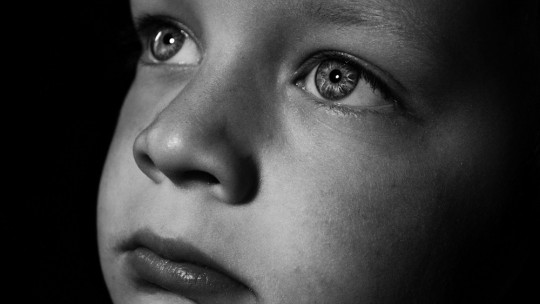
The world of children is governed by its own rules, and in certain aspects we adults have some difficulties interpreting them. In childhood, life is experienced differently, and the psychological facet of the little ones does not have to be easy to understand by caregivers, whether fathers, mothers or guardians.
This is something that must be taken into account especially when assessing the importance of recognize the signs of childhood anxiety early, to be able to stop them. In this article we will talk about this phenomenon, which is more common than it seems.
What is childhood anxiety?
Childhood anxiety appears when, during childhood, children feel that the experience they are experiencing at a given moment, or throughout a broader stage, overwhelms them, without there being a clear or relatively easy solution to address.
Although anxiety disorders in childhood are something quite specific that does not have to occur in all cases in which a boy or girl feels anxiety, this last phenomenon is more common than is believed. Situations that enhance its appearance They are, for example, an education based on punishment, the existence of abuse or bullying, the obligation to attend many extracurricular activities, etc.
Thus, it can be said that childhood anxiety is a psychological and physiological phenomenon in which the person enters a state of alert in a sustained manner experiencing symptoms based on rumination (obsessive thinking that follows a “loop”) and hyperactivation of the autonomic nervous system that negatively affect one or several areas of the child’s life, such as family life, learning in the educational center you attend, etc.
Symptoms of anxiety in boys and girls
Of course, childhood anxiety has a common basis in the way all humans, regardless of age, experience anxiety. However, the symptoms are expressed in another way, given that the vital moment in which the little ones find themselves entails, of course, other ways of interacting with the environment and trying to adapt to it
Thus, although in practice each case is unique, in general childhood anxiety is reflected in the following symptoms. Each of them does not have to indicate the sustained presence of anxiety, but if a few occur at the same time, this is probably the case.
On the other hand, In the case of anxiety disorders, other more specific symptoms may appear depending on what the problem is. For example, in the case of phobias, crises occur when faced with specific stimuli.
How to help children with anxiety
These are some tips to follow to help the little ones overcome and mitigate their anxiety.
1. Give clear behavioral guidelines
Many times, anxiety appears as a reaction to a chaotic environment that is not understood. For example, it is not uncommon for childhood anxiety to arise in experiences in which a contradiction is perceived in the rules of behavior that must be followed at home.
That is why it is important to be consistent with these rules, do not force children to obey arbitrary and changing rules and above all make sure that they understand them and why they make sense, even if it is through very simplified explanations about their usefulness.
2. Communicate more and better
At a certain age, young children They are able to express in words what makes them feel bad The fact that his cognitive skills are not yet fully developed does not mean that his point of view should not count; In these cases, quite the opposite.
3. Show them support
The fact that a boy or girl feels protected by an adult makes them lose fear of their surroundings, since they feel that even if they make a mistake and do something wrong, the presence of the caregivers will act as a cushion or shock absorber.
4. Give them affection
Not all stimuli have to be based on information expressed through words. Shows of affection are essential for correct development during childhood, and in fact it is necessary to rely on it so that boys and girls develop adaptive attachment styles.
5. Explain to them that they should not feel bad
When experiencing anxiety, it’s easy to fall into the trap of blaming yourself. This also happens in the case of boys and girls, so it must be made clear that this is a phenomenon that we can only consciously influence indirectly.

